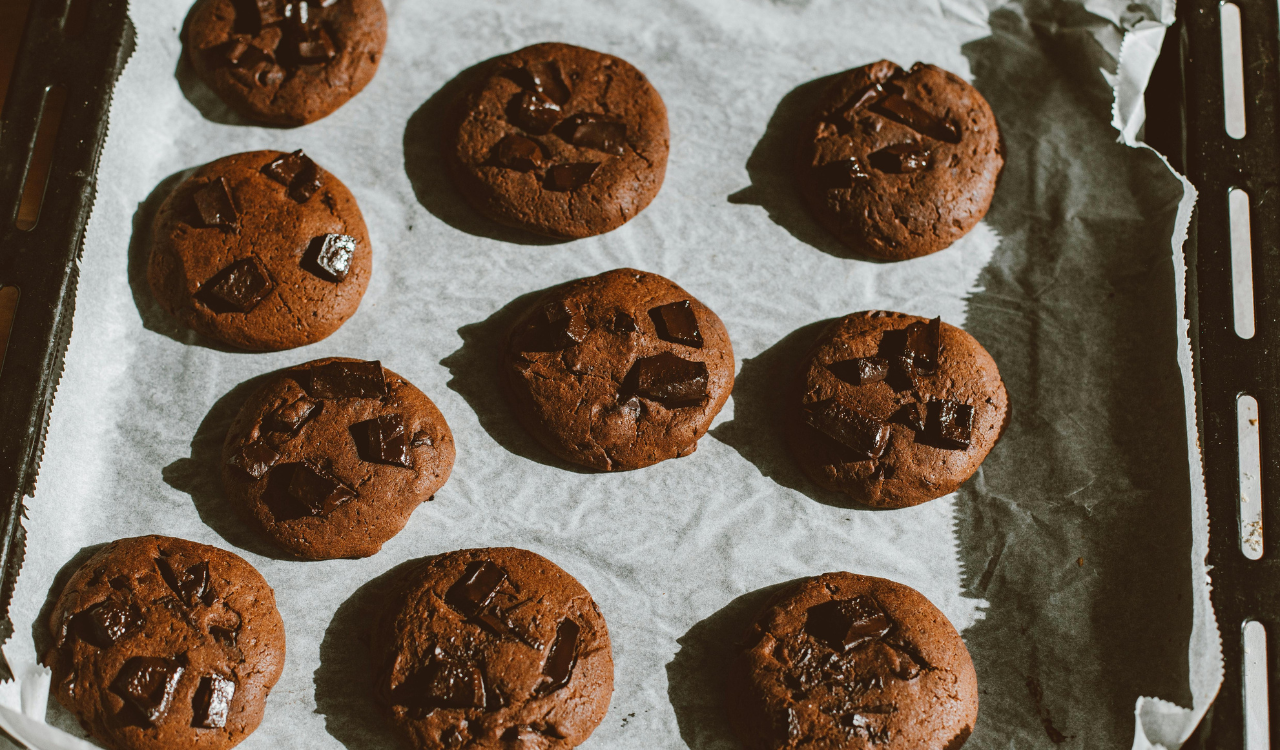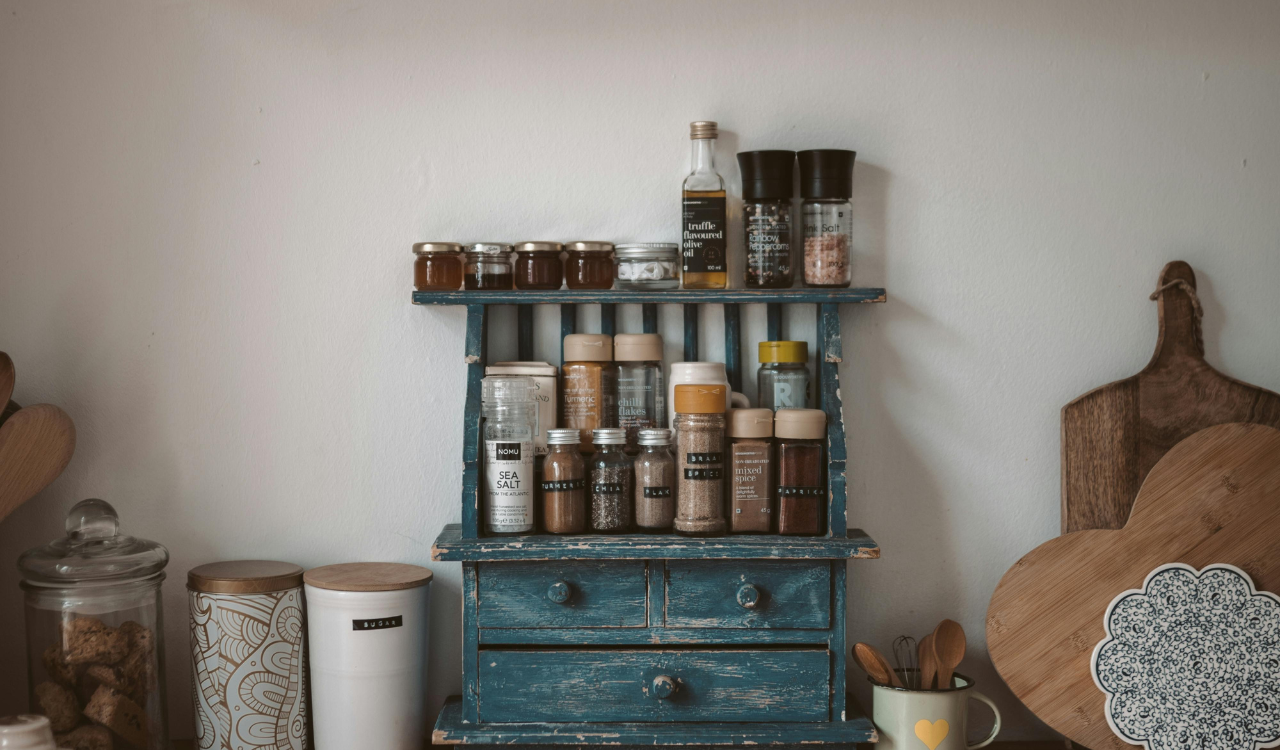9 Cooking Mistakes That Ruin Roasted Vegetables

Roasting vegetables seems foolproof: chop, oil, roast. Yet many of us end up with mushy, burnt, or bland veggies far too often. Getting roast vegetables right is about respecting heat, time, and technique. Small errors: wrong cuts, low heat, crowded pans, can sabotage flavor and texture. This guide highlights nine common mistakes people make, and how to avoid them, so you can get beautifully caramelised, crisp-edged, fork-tender roasts every time.
1. Neglecting Uniform Cutting
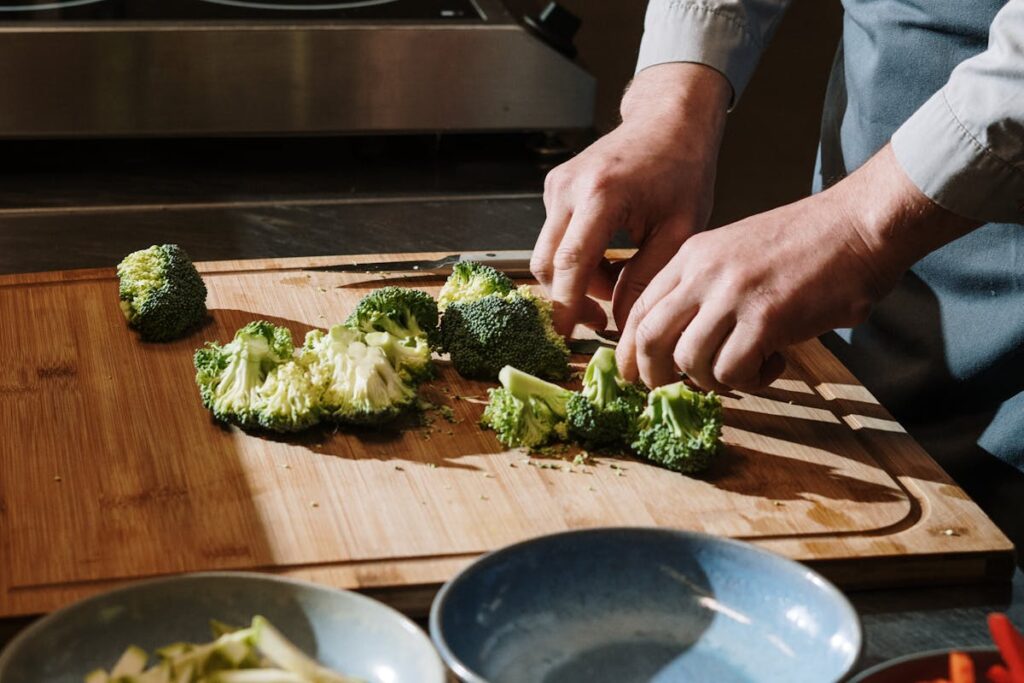
Uneven cuts mean some pieces cook faster while others lag behind, leaving you with a tray that’s half-burnt, half-raw. To avoid this, aim for consistent sizes: dense roots like potatoes and carrots should be cut into sturdier cubes, while softer vegetables like zucchini can be sliced thinner. Laying out your cuts and trimming oversized pieces ensures even cooking and prevents the frustration of pulling out some vegetables early while others stubbornly remain underdone.
2. Overcrowding the Pan
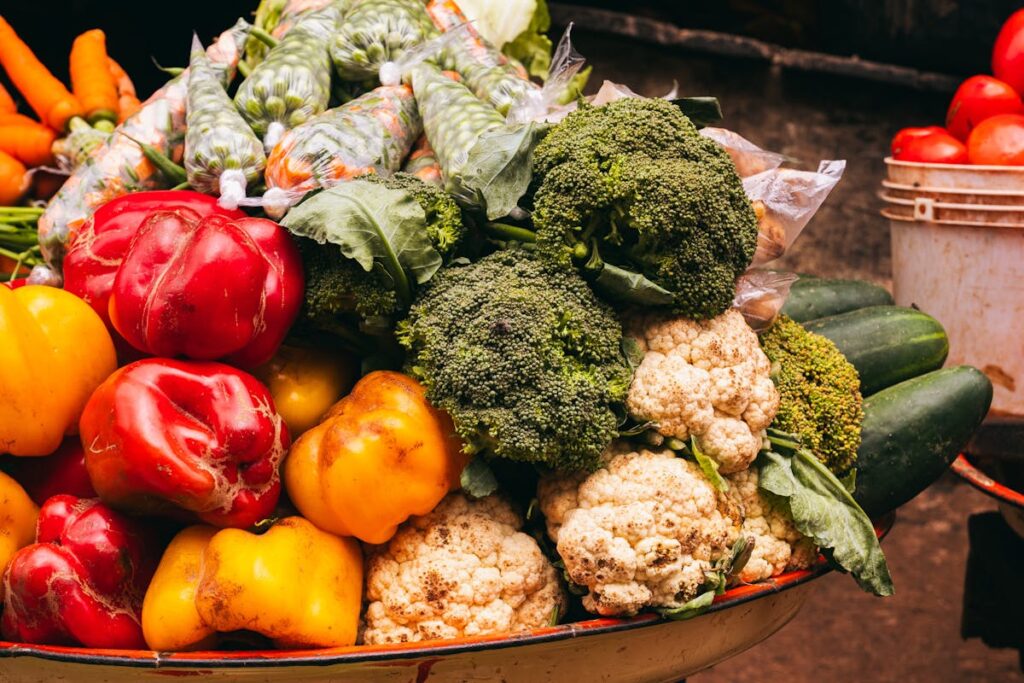
Cramming too many vegetables onto one sheet prevents heat from circulating properly, causing them to steam instead of roast. This results in limp, soggy veggies instead of crisp caramelised edges. For the best texture, spread vegetables in a single layer, making sure there’s breathing room between each piece. If you have a large batch, don’t hesitate to use two pans: giving vegetables that space makes all the difference for rich flavour and texture.
3. Using Too Little or Too Much Oil
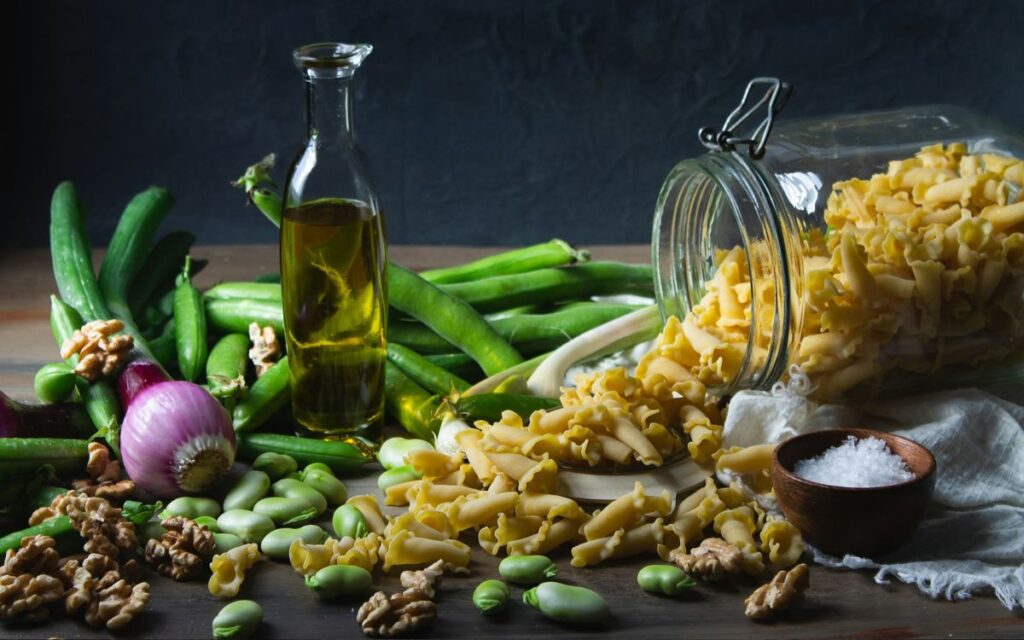
Oil acts as both a flavor enhancer and a shield that helps vegetables brown beautifully, but balance is everything. Skimping on oil leaves roasted vegetables dry and leathery, while excess oil drowns them, making them soggy instead of crisp. The goal is a light, even coating, just enough to shine, not pool. Use higher smoke point oils such as grapeseed, avocado, or canola at high temperatures, and adjust the quantity depending on the vegetable’s water content.
4. Wrong Oven Temperature
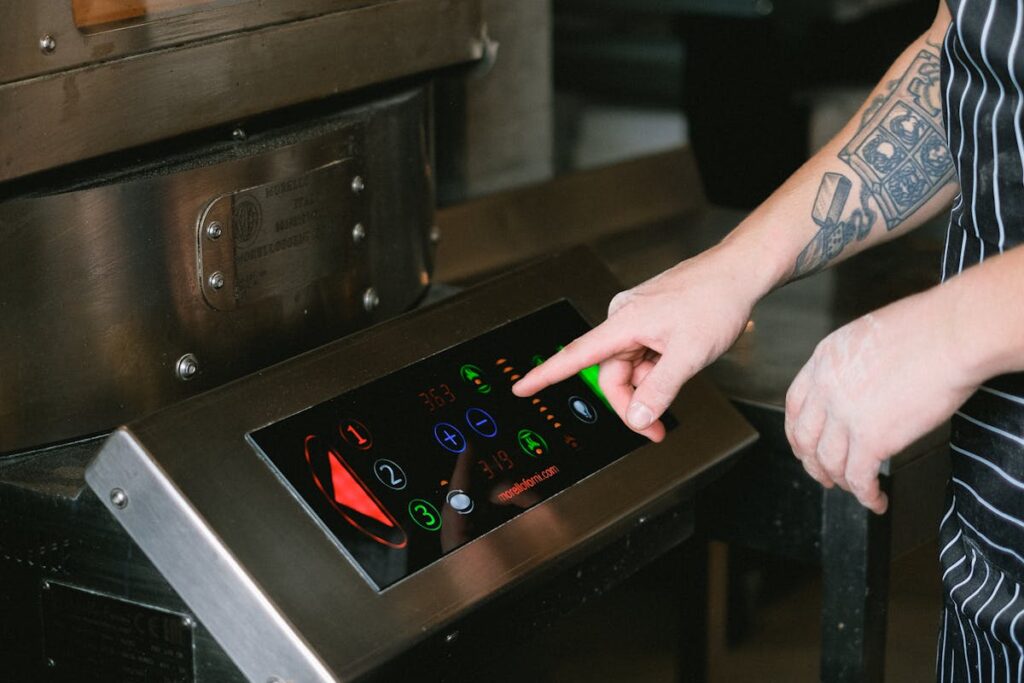
The oven’s heat is the make-or-break factor for roasting. Too low, and vegetables merely soften with little flavour; too high, and their exteriors char before tenderising inside. The sweet spot for most veggies is between 400–450 °F (200–230 °C), producing a golden-brown crust with tender interiors. Adapt as needed: sturdier roots may handle the higher range, while delicate choices like asparagus benefit from slightly cooler settings to avoid scorching.
5. Not Preheating the Oven or Pan

Skipping preheating is like trying to sear meat in a cold pan, it just doesn’t work. Starting vegetables in a cold oven slows caramelisation, causing limp results. Always let your oven reach its target temperature before inserting the pan. For added crispness, pop the baking sheet inside while it heats, so that vegetables sizzle on contact. That immediate blast of heat jump-starts browning, encouraging a golden, crisp crust and deeper flavour from the very first minutes.
6. Mixing Vegetables with Different Cook Times
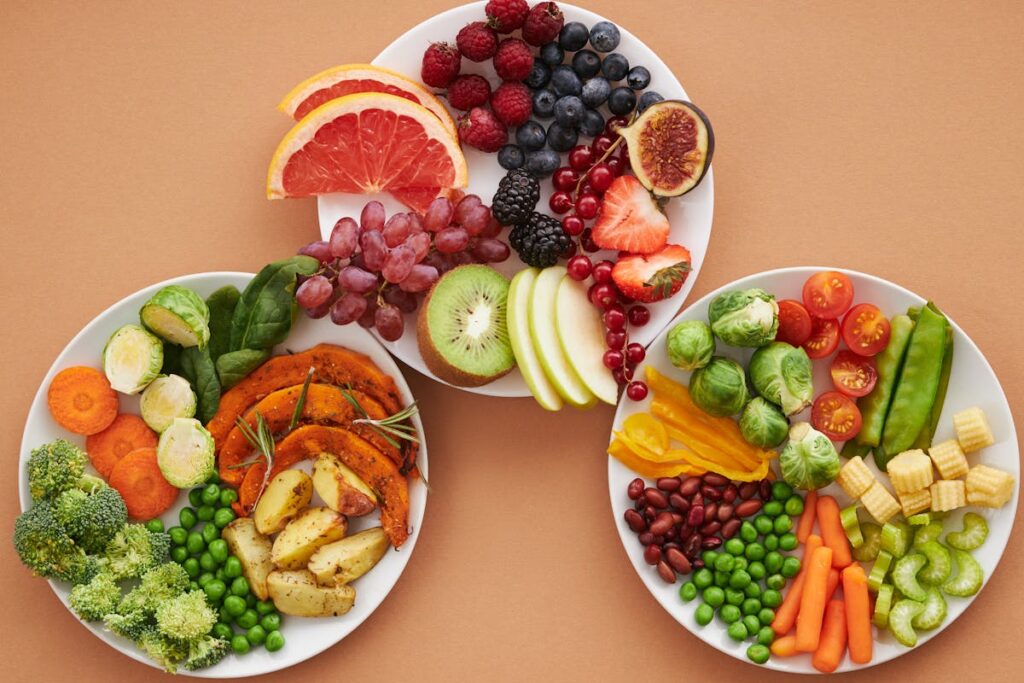
Not all veggies roast at the same pace; hard roots like sweet potatoes or carrots need longer than quick-roasting bell peppers or zucchini. Tossing them all in together creates an uneven batch where some are mushy and others still raw in the centre. To solve this, group vegetables by cooking time: start roasting dense types first, then add delicate ones later. Or, better yet, roast in separate trays, ensuring every vegetable reaches its ideal texture and taste.
7. Skipping Seasoning or Bad Timing
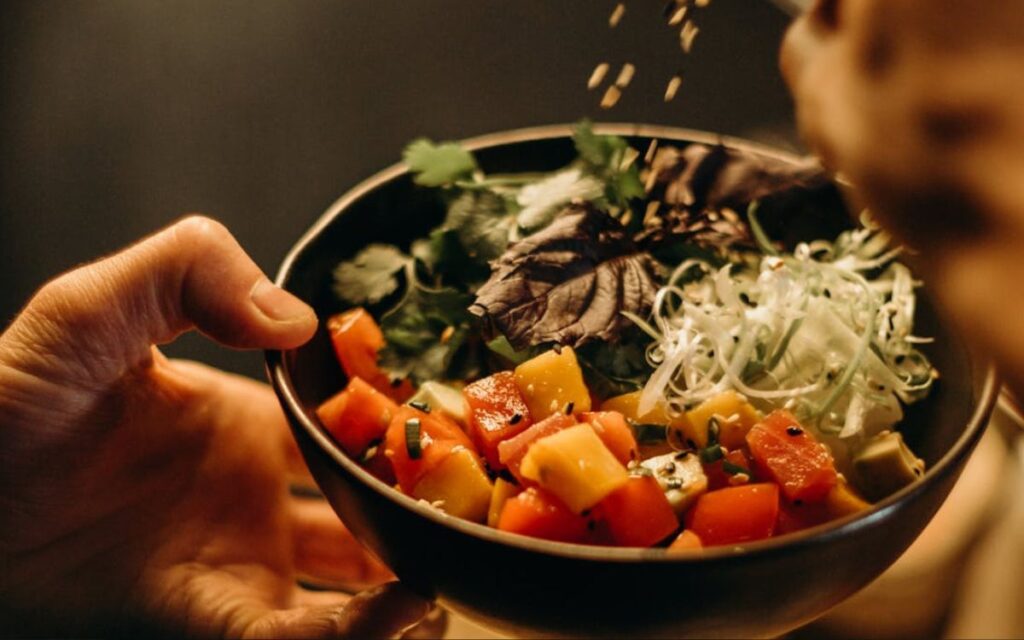
Seasoning is what elevates basic roasted vegetables into something crave-worthy. Salt is crucial, it draws out moisture and enhances natural sweetness, but timing can make or break flavour. Dried spices and sturdy herbs like rosemary do well added early, while delicate herbs like basil or parsley should be sprinkled on after roasting to avoid burning. Don’t skip finishing touches either: a drizzle of lemon juice, vinegar, or fresh herbs gives brightness and balance.
8. Forgetting to Turn or Shake During Roasting
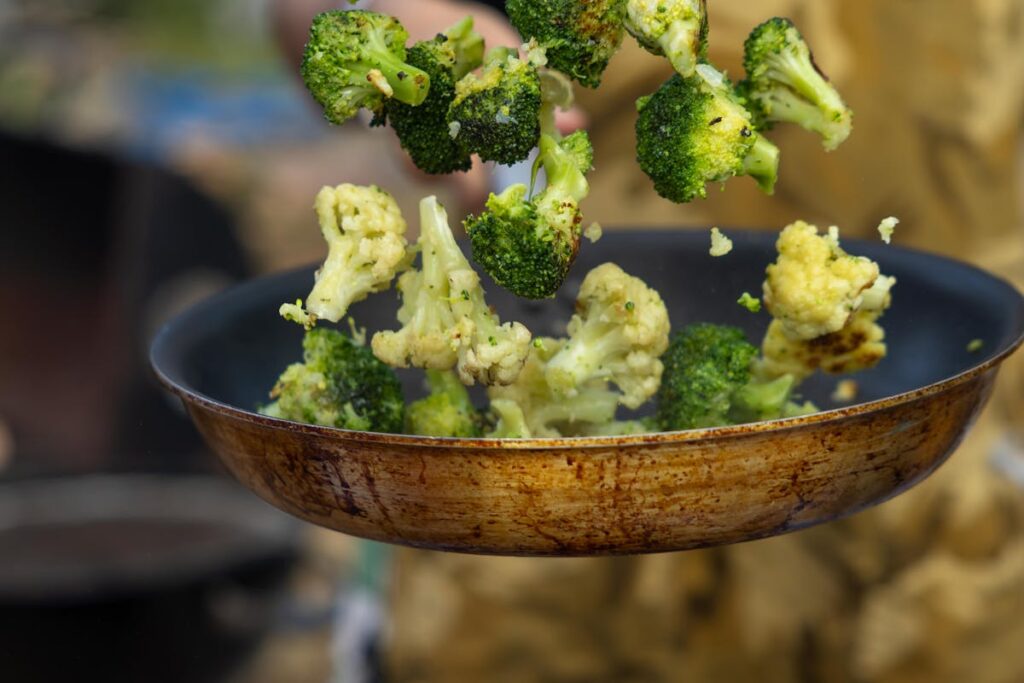
Roasting is about even heat exposure, but leaving vegetables untouched often leads to blotchy results with one side burnt and another pale. Stirring or flipping vegetables halfway through distributes heat evenly, so every side gets that crisp golden crust. Rotating trays front to back also matters since many ovens have hot spots. Just one or two tosses during roasting are enough to transform unevenly cooked veggies into consistently browned, irresistibly crisp bites.
9. Ignoring Visual and Tactile Cues
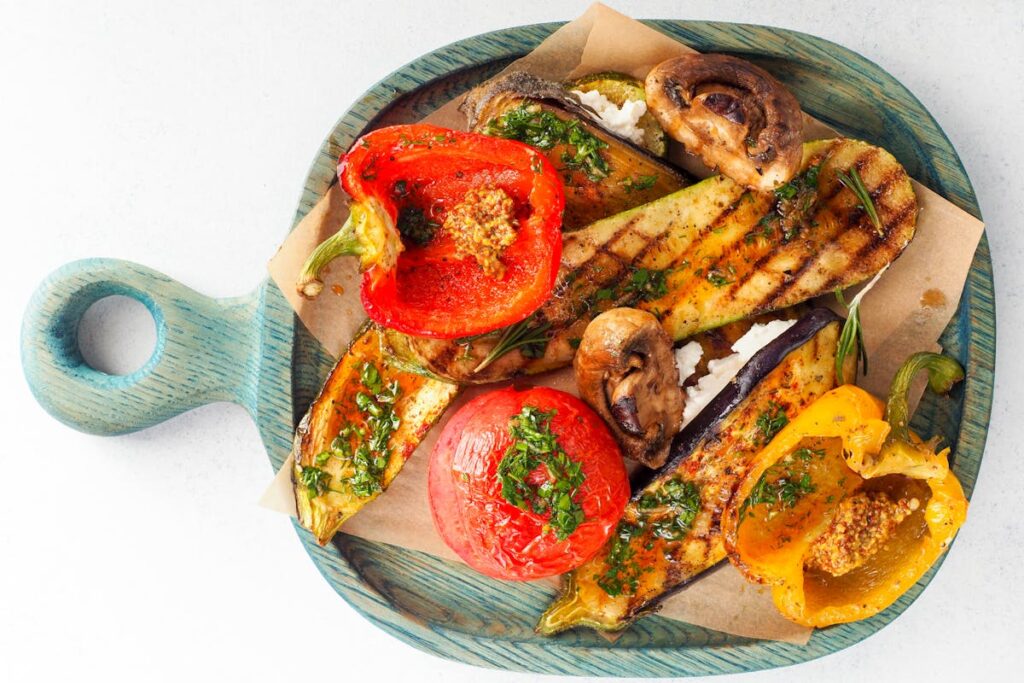
Cooking times in recipes are only guidelines, not strict rules, so your oven, pan, and vegetable size can all affect the outcome. Rely instead on visual and sensory signs: look for browned, caramelised edges with fork-tender centres. If veggies still feel firm, let them go longer. If outsides are dark while insides remain raw, lower the temperature or slice smaller. Taste-testing a piece is often the most reliable way to catch them at peak perfection.


